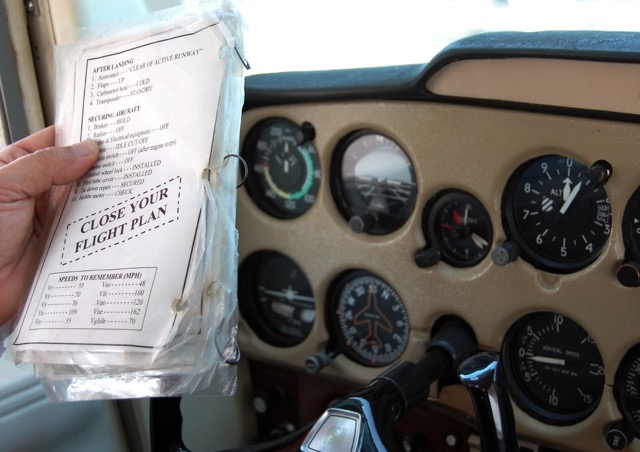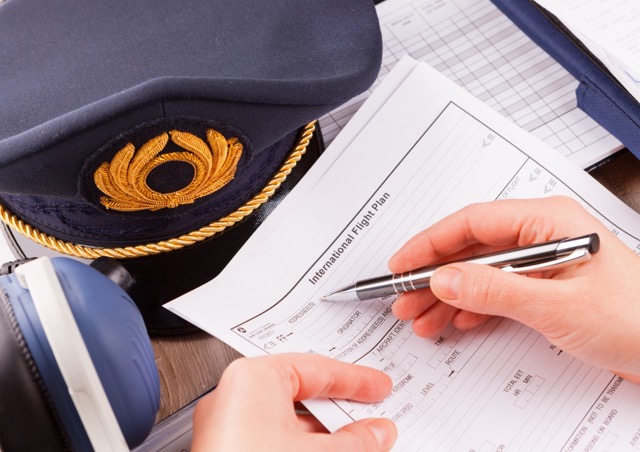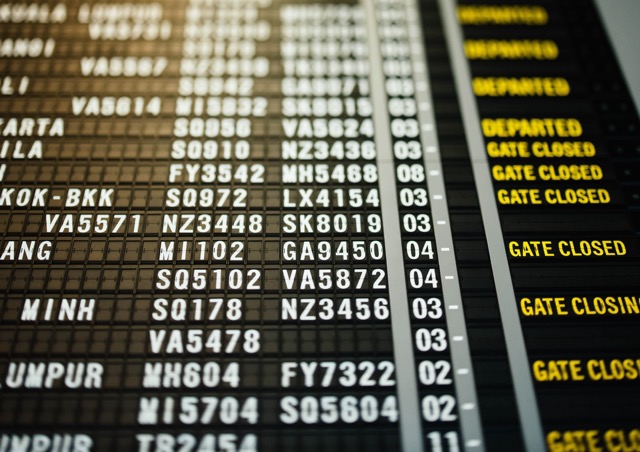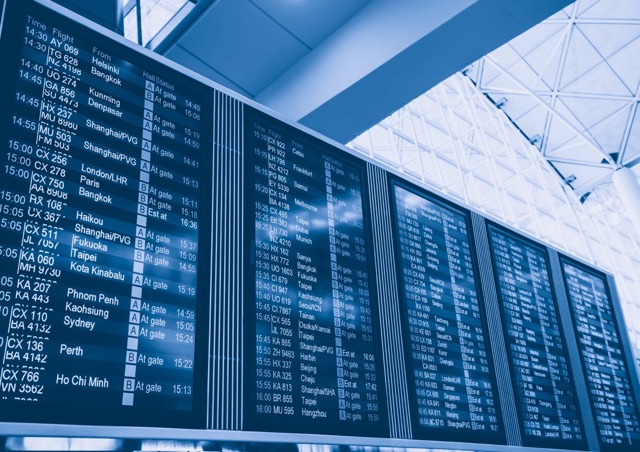Flight planning stands as a critical component of modern aviation operations, serving as the foundation for safe and efficient air travel. What is flight planning? It encompasses a comprehensive set of procedures and calculations that determine the safest, most efficient route from departure to destination. Airlines and pilots rely on this systematic approach to address potential challenges and ensure passenger safety.
The importance of flight planning extends beyond basic travel planning, touching every aspect of aviation operations. This essential process helps operators maintain regulatory compliance, optimize fuel consumption, and streamline operational efficiency. Through careful consideration of weather patterns, airspace restrictions, and aircraft performance capabilities, flight planning creates a framework for successful air travel while minimizing potential risks.
Safety First: How Flight Planning Ensures Secure Travel
Safety in aviation begins with comprehensive risk assessment and management. Modern flight planning incorporates several established tools to evaluate potential hazards before takeoff. The industry relies on proven assessment frameworks including:
- PAEDU (Pilot-Aircraft-Environment-Duration-Urgency) for quick numeric evaluation
- PAVE (Pilot-Aircraft-enVironment-External) for detailed qualitative analysis
- Flight Risk Assessment Form for systematic decision-making
Weather monitoring forms a crucial component of flight safety. Pilots and dispatchers must develop a detailed “weather picture” that includes terrain considerations, cloud conditions, icing levels, and thunderstorm movements. This comprehensive approach requires continuous evaluation of conditions against personal minimums and predetermined safety thresholds.
Temporary Flight Restrictions (TFRs) play a vital role in maintaining airspace safety. These short-term airspace limitations are implemented for various security and safety reasons, including protection of disaster relief operations and ensuring safe environments for special operations. The airspace protection typically extends to 2,000 feet above the surface within a 3-nautical-mile radius.
A critical aspect of safe flight planning is the development of contingency measures. Pilots must create both a primary plan (Plan A) and an alternative plan (Plan B) before departure. This dual-planning approach ensures preparedness for unexpected situations and allows for quick decision-making when conditions deviate from initial expectations. The focus remains on completing flights safely rather than merely completing them as planned.

Cost Optimization: Planning for Fuel Efficiency
In the competitive aviation industry, fuel efficiency has emerged as a cornerstone of cost-effective operations. Airlines have made remarkable progress, reducing fuel consumption per passenger-kilometer by 39% between 2005 and 2019, achieving a compound annual improvement rate of 3.4%.
Modern flight planning leverages sophisticated optimization techniques to maximize fuel efficiency:
- Wind-optimal route selection
- Real-time weather data integration
- Cost index flight planning
- Vertical profile optimization



The impact of these strategies varies by flight type and distance. While domestic cargo flights can achieve fuel savings of up to 3% through wind-optimal trajectories, trans-oceanic routes demonstrate even more impressive results with potential fuel reductions of up to 10%.
Weather patterns and wind conditions play a crucial role in fuel efficiency. Real-time meteorological data allows pilots to continuously monitor and adjust their flight plans, potentially leading to significant operational cost reductions. The implementation of dynamic cost index calculations enables airlines to maintain an optimal balance between fuel consumption and time-based expenses.
Environmental benefits align directly with these efficiency measures, as every gallon of fuel saved prevents the emission of more than 20 pounds of CO2. Through advanced flight planning systems, airlines can simultaneously pursue both economic and ecological objectives, making air travel more sustainable while optimizing operational costs.
Regulatory Compliance: Meeting Legal Requirements
Regulatory compliance forms the backbone of professional aviation operations, with the FAA’s Compliance Program serving as a cornerstone of modern flight planning. Since its launch in 2015, the program has facilitated over 44,000 compliance actions to identify and correct safety issues effectively.
The FAA’s approach encompasses several key compliance actions:
- Counseling and educational resources
- On-the-spot corrections for simple mistakes
- Additional training requirements
- Remedial training programs
For international travel, pilots must comply with specific documentation requirements. The Electronic Advance Passenger Information System (EAPIS) mandates submission of crew, passenger, and aircraft information at least one hour before departing or arriving in the US. This system streamlines border crossing procedures while maintaining security standards.
Flight plan documentation has evolved to meet international standards. The FAA now requires all civil aircraft to use the ICAO format for both VFR and IFR flight plans. This standardization ensures consistent communication and proper regulatory adherence across different airspaces.
The FAA emphasizes that compliance should be the standard, with enforcement actions reserved for cases where legal intervention is necessary. This approach has proven effective, fostering an open, problem-solving environment that encourages proactive information exchange between operators and regulators.


Operational Excellence: Streamlining the Travel Experience
Operational excellence in aviation requires sophisticated coordination across multiple domains. Modern flight planning systems integrate various operational factors to ensure smooth travel experiences while maintaining efficiency.
The operational capacity of airports changes multiple times daily based on various factors:
- Runway configurations and weather conditions
- Arrival/departure mix management
- Equipment availability and maintenance schedules
- Construction and facility limitations
Weather significantly impacts operational decisions, with studies showing that weather conditions account for nearly three-quarters of all flight delays in the United States over the last five years. Each weather-related flight cancelation costs airlines approximately $13,000.

Aircraft maintenance routing optimization has shown remarkable results in operational efficiency. Implementation of dynamic maintenance planning has reduced non-revenue flights by 50% and increased maintenance check yield by 15%, resulting in 100 more annual uptime hours per aircraft.
Technology plays a crucial role in streamlining operations. Advanced systems like Timatic AutoCheck have revolutionized travel document compliance, enabling self-service check-in and reducing manual intervention. Additionally, ground operations coordination ensures seamless integration of various activities, from aircraft handling to passenger services, contributing to overall operational excellence.
Through effective operational planning, airlines can achieve a potential 20% increase in net revenue and 22% increase in block time per tail number, demonstrating the significant impact of streamlined operations on business performance.

Conclusion
Flight planning stands as the cornerstone of modern aviation, weaving together crucial elements of safety, efficiency, and compliance into a comprehensive operational framework. Statistical evidence demonstrates its significant impact, from the 39% reduction in fuel consumption over recent years to the prevention of costly weather-related delays. These achievements highlight how meticulous planning processes support both operational success and environmental sustainability while maintaining strict regulatory standards.
The aviation industry’s continued evolution demands increasingly sophisticated approaches to flight planning, particularly as airlines face growing pressure to optimize resources and enhance safety measures. Advanced technologies and data-driven solutions now enable operators to make more informed decisions, resulting in improved operational efficiency and reduced costs. This systematic approach to flight planning not only protects current operations but also paves the way for future innovations in air travel safety and efficiency




